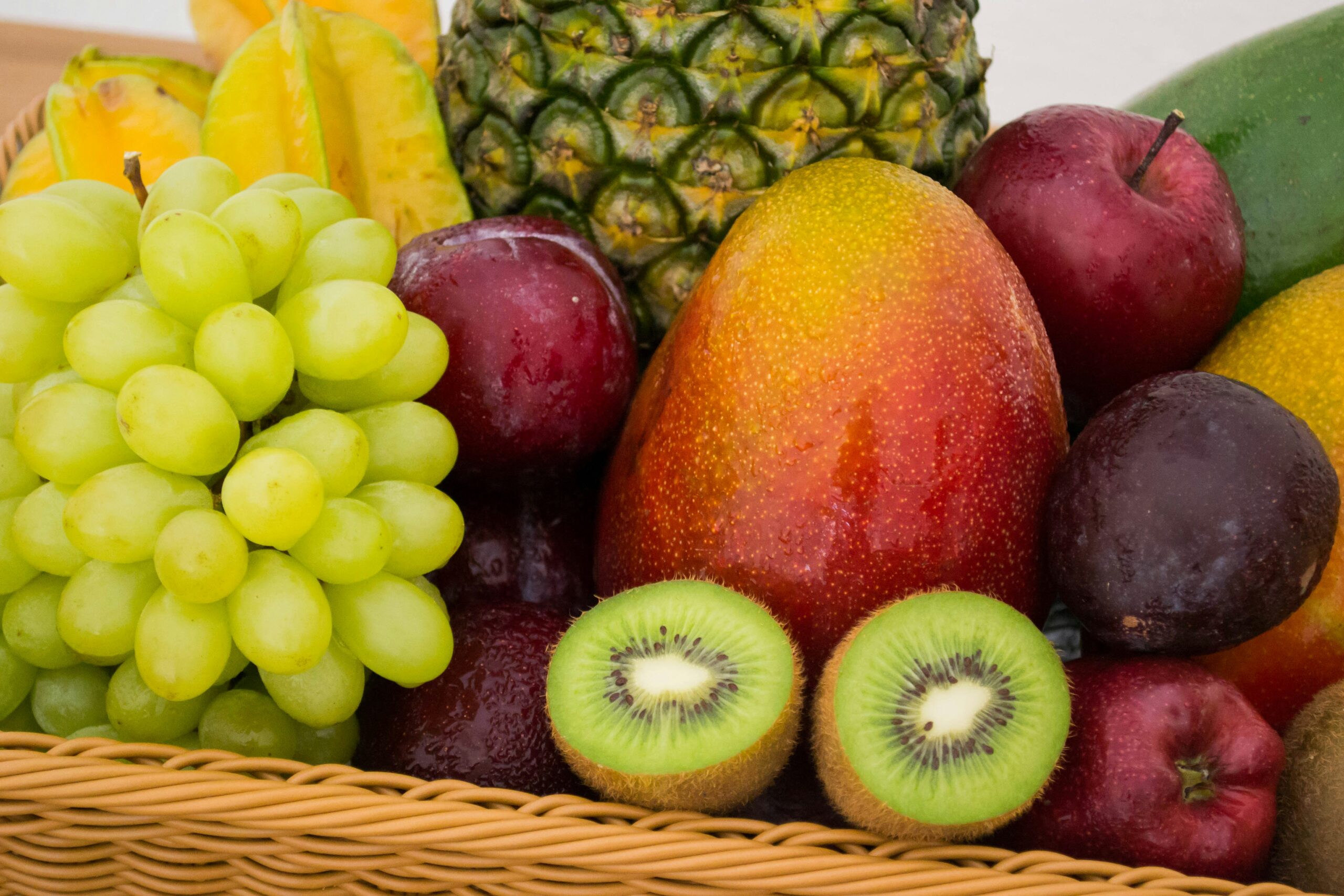Fruits of the Spirit

Love, joy, peace, longsuffering, gentleness, goodness, faith, meekness, temperance. The Fruits of the Spirit from Galatians 5:22-23. One school in which I taught had banners with these words hanging from the ceiling in the main hallway, so that every time I walked through, I was reminded of how God should be working in my life. Every Christian should exemplify these traits as evidence of the Holy Spirit at work, but the Christian teacher has the opportunity not only to show them personally, but also to help students grow these fruits as well. Let’s look at specific ways to instill four of these Fruits of the Spirit in our classrooms.
Love
Every student in my classroom is made in the image of God, even the ones that can seem a “little harder to love.” Because of this, I should love each student equally, regardless of his or her ability or behavior. By listening rather than jumping to conclusions and by encouraging positive behaviors, the Christian teacher can love the student who is misbehaving. This does not mean that the teacher does not give boundaries or withhold discipline when needed, but instead the teacher helps the child see that the discipline is for his or her benefit. And even if the child does not recognize this, the other students can see the equal love for all and know they are valued.
Joy
Students will often reflect the teacher’s attitude. When I show enthusiasm about subject matter, they will respond with enthusiasm. A countenance of joy from the teacher makes the entire classroom a joyful place. From greeting each student cheerfully at the door each morning to laughing with the students, the teacher builds a habit of joy. Romans 12:15 says, “Rejoice with them that do rejoice.” A joyful teacher not only shares his or her joy, but also participates in a student’s joys. A student who receives a perfect score after working hard on an assignment or a student who is excited about the new puppies born at home should experience joy with the teacher and classmates.
Longsuffering (or Patience)
All of us require patience from those around us, but especially the student who seems to take forever to complete a simple task or continually repeats the same misbehavior. (I remember one time telling a small child with ADD thirty-two times to put her shoes on–yes, I counted.) The patient teacher can nudge the distracted student to move to a new task and wait for the slower student to finish. Keeping in mind that a young child’s attention span is short (typically about one minute per year of age), the patient instructor stays calm when a child does not focus. And when the child messes up, the patient teacher gives second chances.
Gentleness
A teacher showing the Fruits of the Spirit should treat students gently. I recently heard a student say that her teacher was a yelling machine–not how a Christian teacher wants to be seen by her students. While discipline is certainly needed and may sometimes seem harsh to a student, the teacher’s behavior should reflect that of Jesus, who was called “gentle” multiple times (Matthew 11:29, II Corinthians 10:1). This means the teacher’s interactions with students should include kind words and smiles, not harsh words and yelling, and should be based on a relationship with the student. Even in the middle of a disciplinary action, the gentle teacher allows the child to keep dignity and to know he or she is loved.
The verses that list the Fruits of the Spirit are followed by the verse “If we live in the Spirit, let us also walk in the Spirit” (Galatians 5:25). When we exemplify the Fruits of the Spirit in our teaching, we are walking in the Spirit in our classrooms.
Photo by Jonas Kakaroto on Unsplash
Leave a Reply